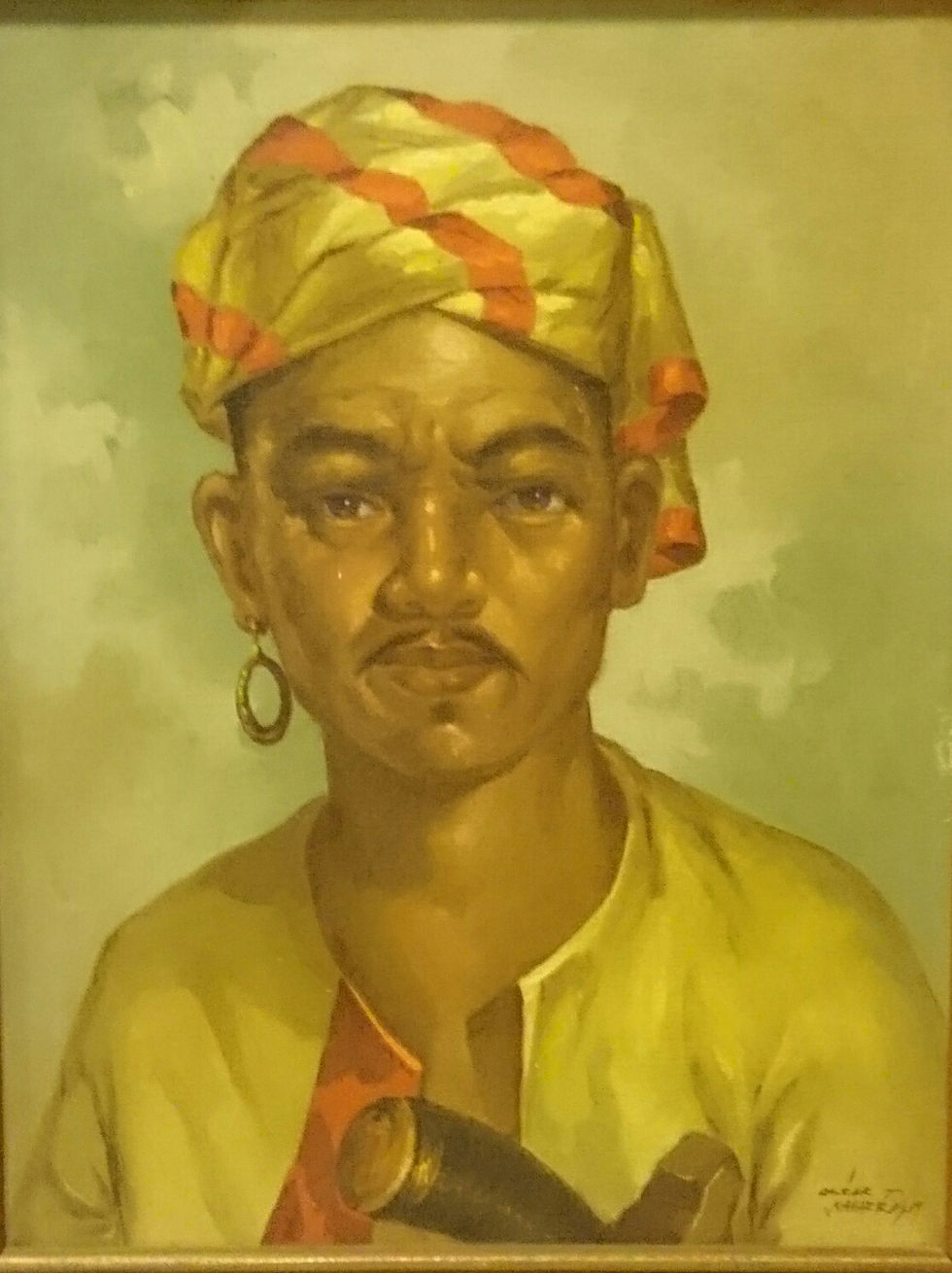Mabini Art by Francisco Paco Gorospe
- Klaus Hartung

- Sep 5, 2024
- 2 min read
Updated: Aug 18
Historical Background of Mabini Art
Mabini Art derives its name from Mabini Street in Ermita, Manila, where artists opened art shops after World War II. Existing records show that in 1930 there were none yet of these art shops. Two persons claimed to have opened in 1949 the first art gallery in Ermita, namely, Miguel Galvez and Simon Saulog. That was the year before Lyd Arguilla set up the Philippine Art Gallery on Arquiza street. The history of the so-called “Mabini school,” which was established after the 1955 walkout by the “conservatives,” can be traced back to their idol, Maestro Fernando Amorsolo. As the first practitioners of Mabini Art, the “conservatives” carried on their style of painting, then called the “Amorsolo school.” The “Amorsolo school” was identified with the “realism” of Amorsolo in contrast to the “modernism” espoused by Victorio Edades and his followers.
A book on Paco Gorospe and Mabini Art in general is needful for a better understanding and appreciation of the development of the history of visual art in the Philippines. Art making, as part of commerce and trade, as well as of arts and culture, helped rebuild Manila after World War II.
Francisco Pacop Gorospe Sy - Born in Manila, Philippines July 10th, 1939
1962 Gorospe s works were exhibited at the Washingtons State Fair.
In 1964 his paintings were chosen to represent his country at the New York World's Fair were they received International acclaim.
The same year his oil The Flower Vendor was selected as the cover of Esso Mobile Magazine.Since then, Gorospe has had a successful exhibition in Bern, Switzerland, and his work is now eagerly sought after by many European art collectors.
(Quotes by late Prof. Jack Pilar and by Prof. Tan from the book Revisiting Mabini Art; Published in 2013; Germany; and from flyer of ART INTERNATIONAL GALLERIES INC., Beverly Hills, California)
#MabiniArt #PacoGorospe #PhilippineArt #ArtHistory #ManilaArtScene #FilipinoArtists #FernandoAmorsolo #RealismVsModernism #ArtCollectors #VisualArts #PostWarArt #CulturalHeritage #ArtExhibitions #WorldsFairArt #EuropeanArtCollectors #PhilippineArtHistory #ArtAndCulture #ErmitaManila #HistoricalArt #ArtCommerce #MabiniSchool #AmorsoloSchool











Comments